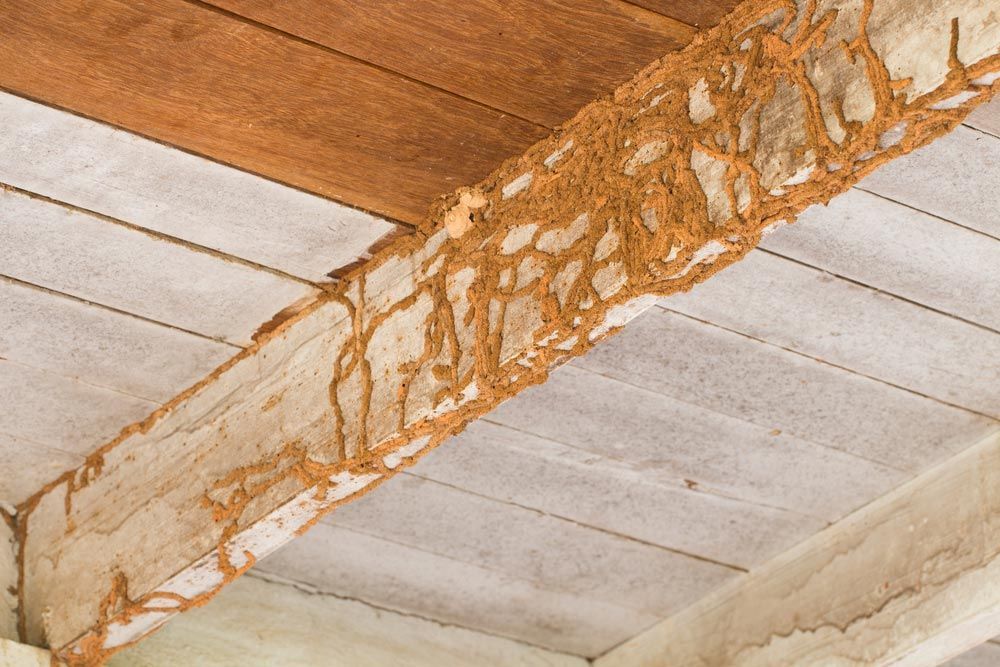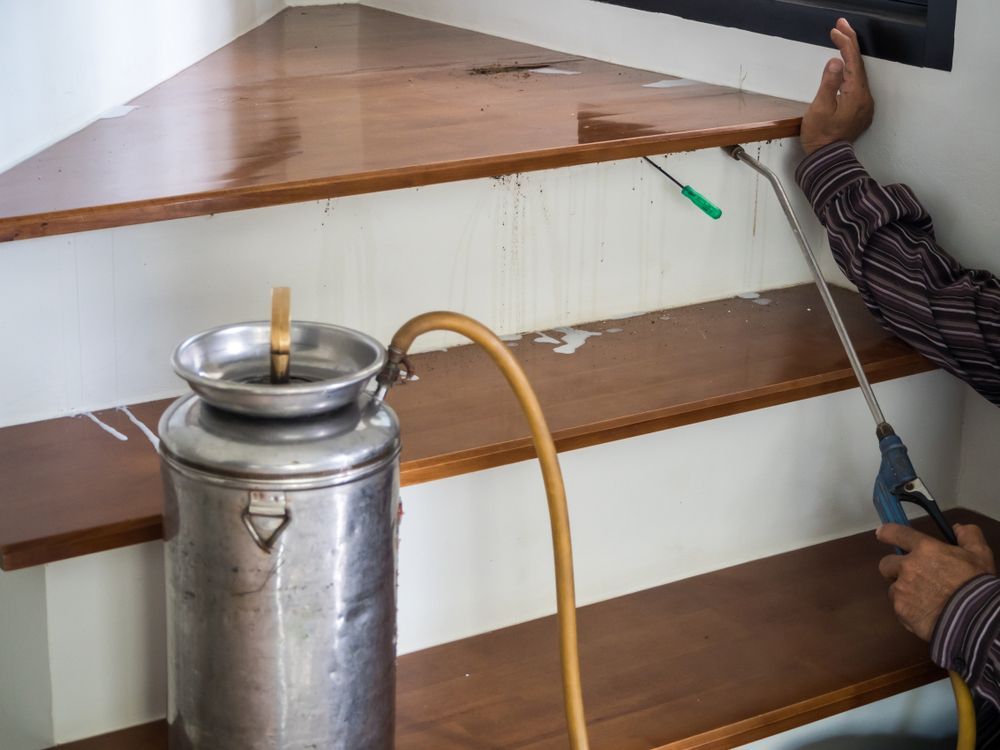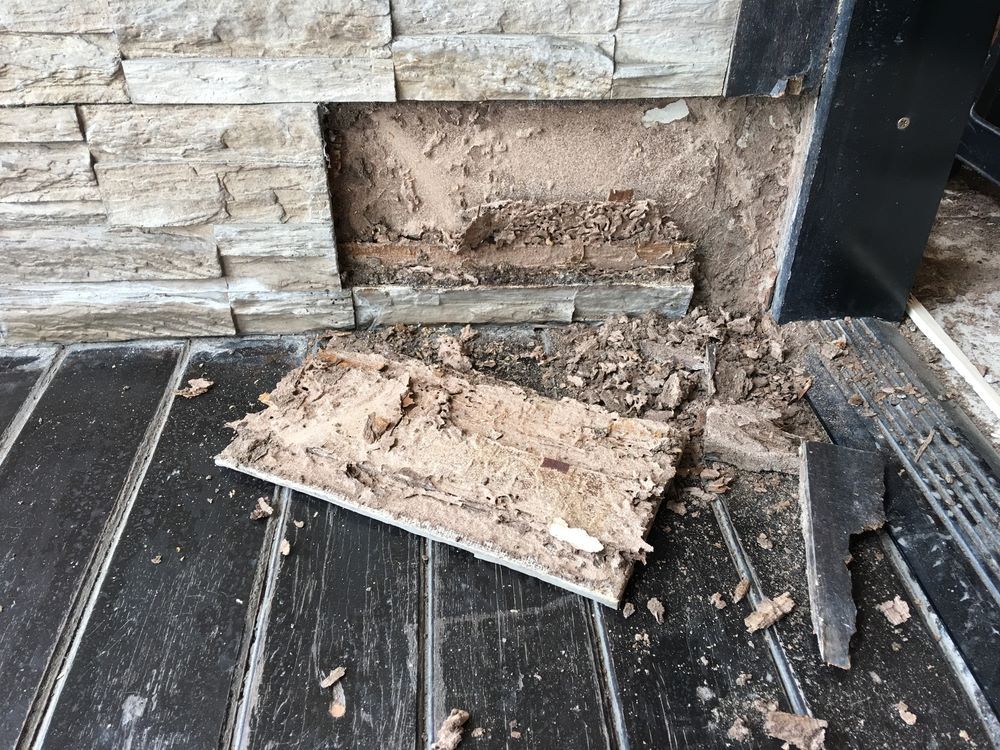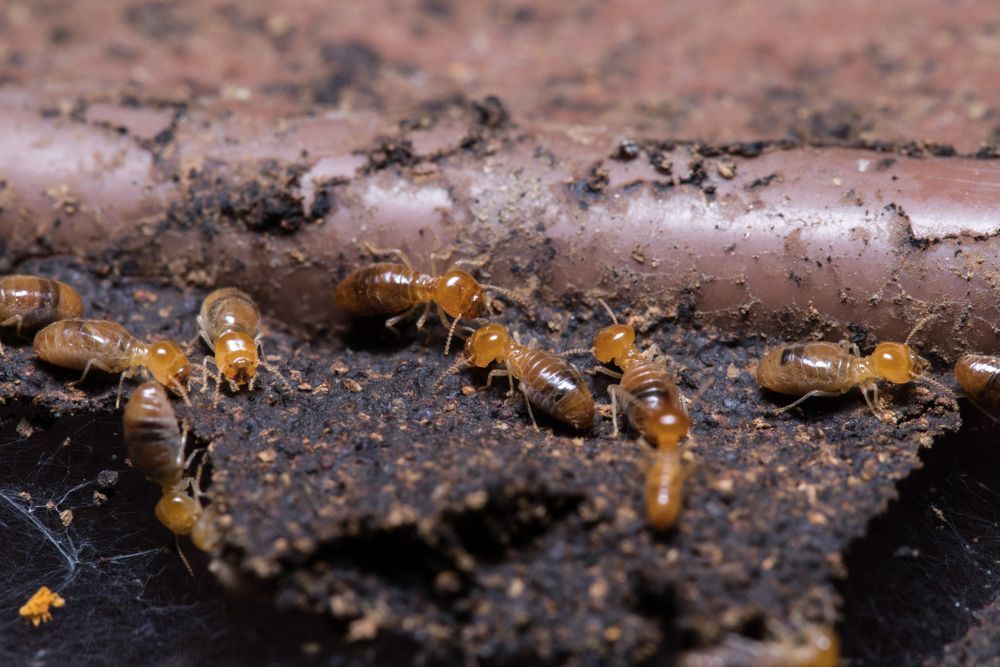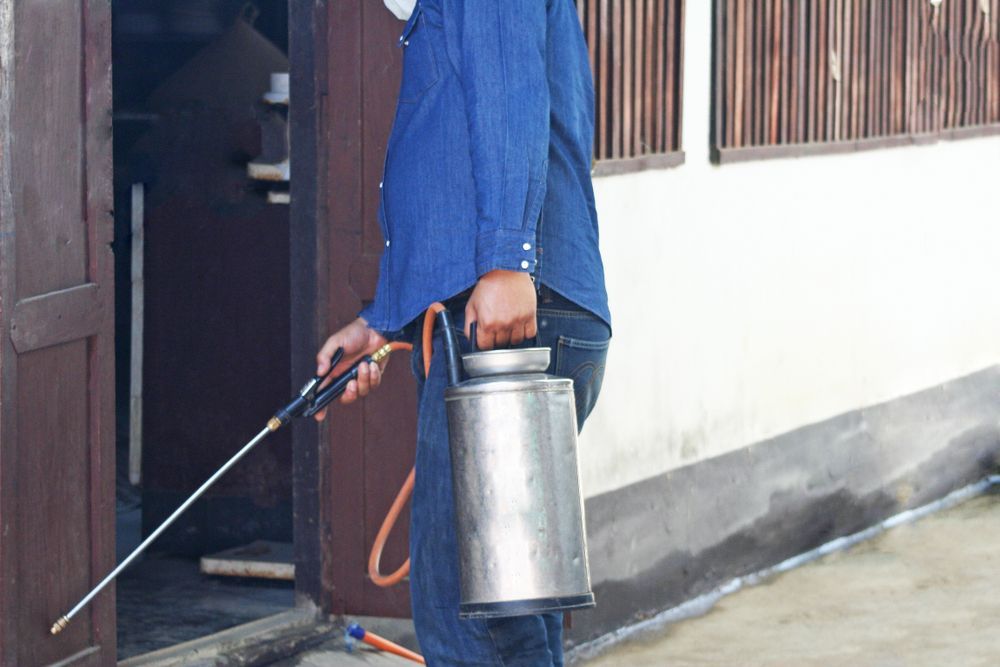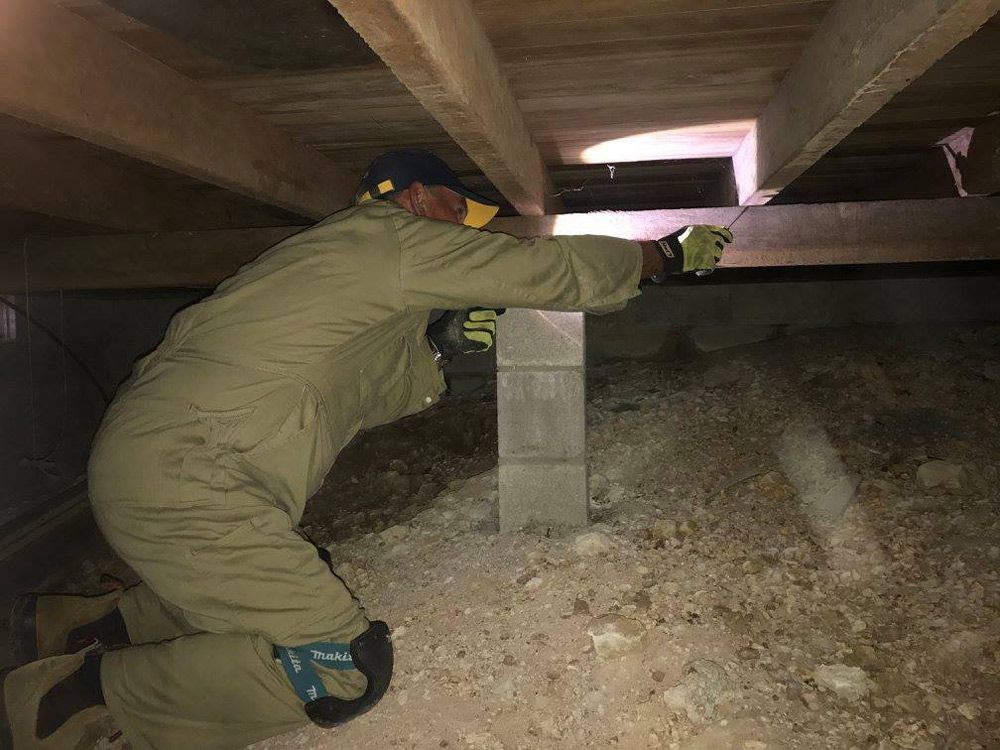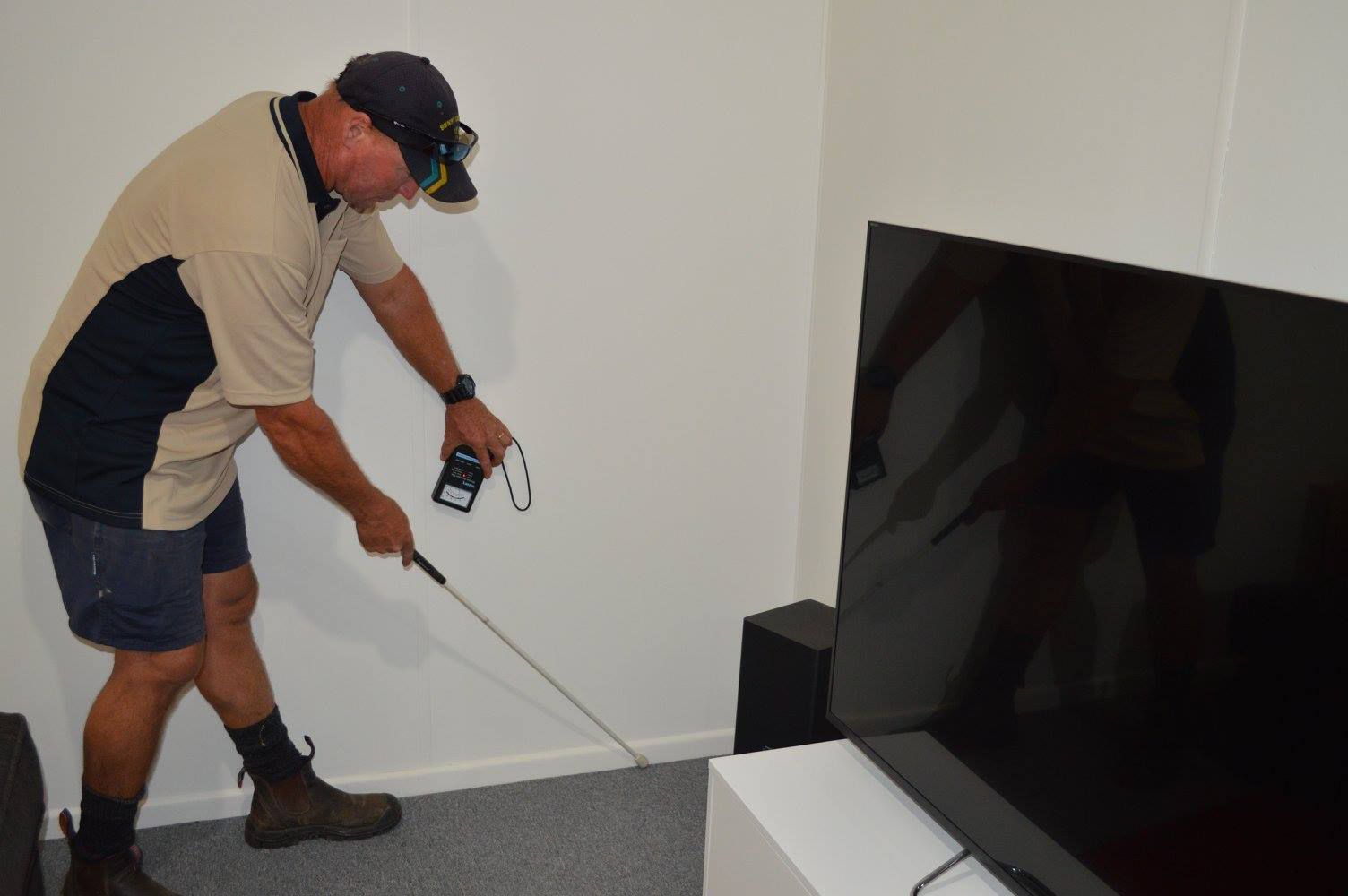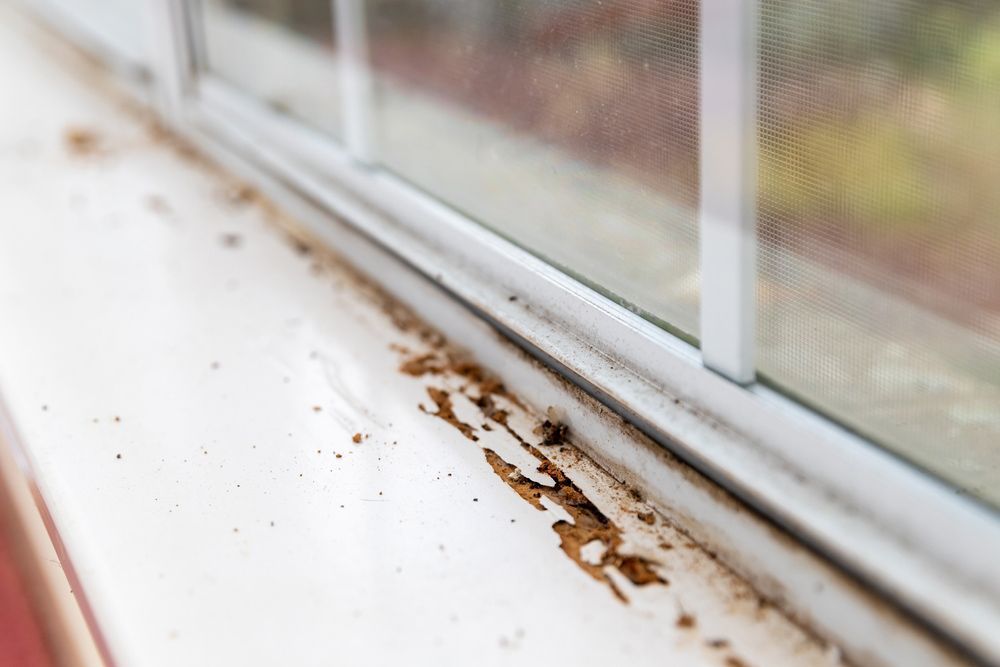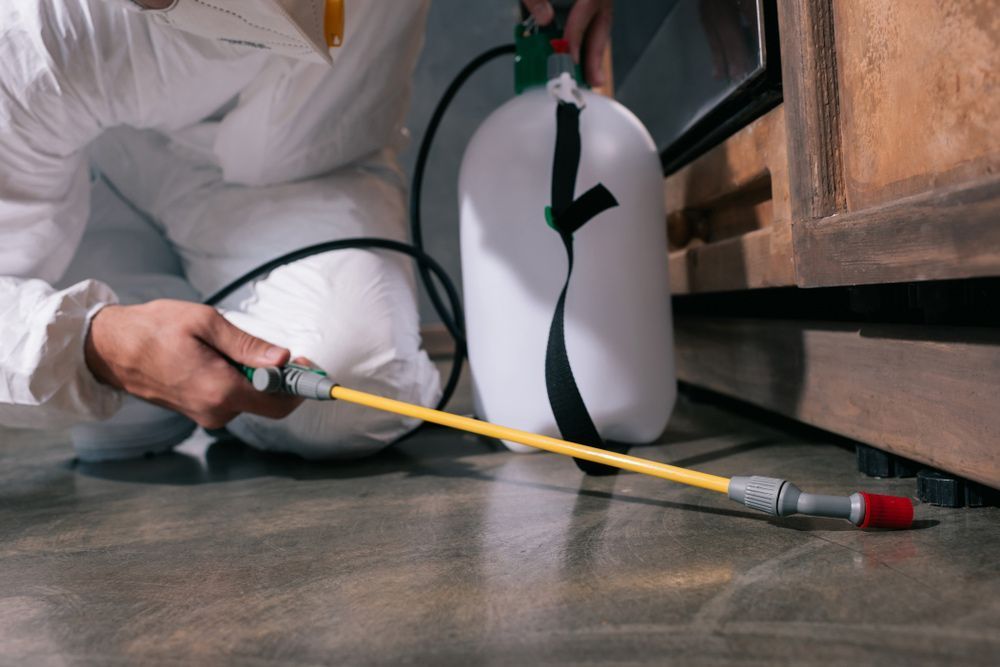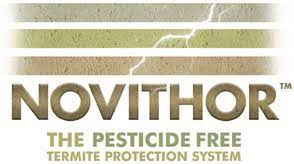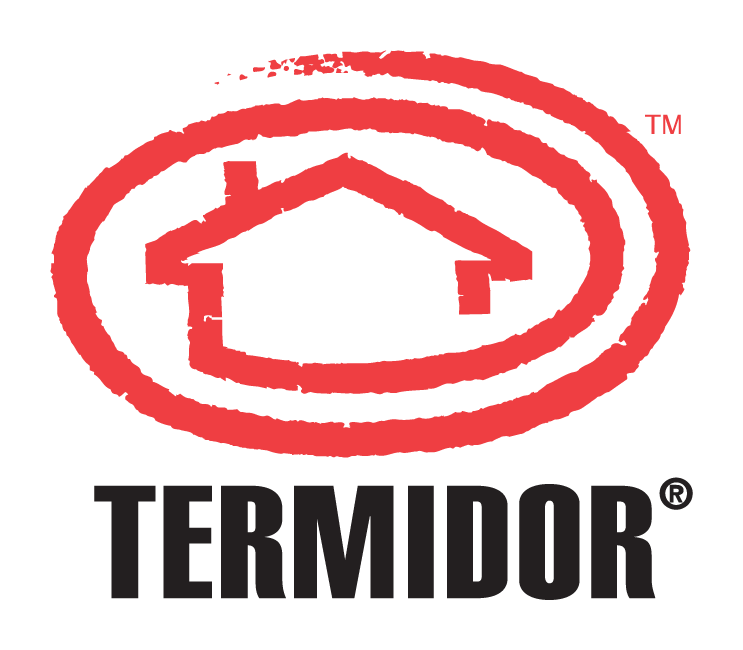The Importance of Regular Termite Inspections
Have you ever wondered what’s happening in the hidden spaces of your home or building? Termites are often called “silent destroyers” because they can cause extensive damage before there are any visible signs. For property owners on the Sunshine Coast, regular termite inspections are a key part of maintaining the safety and value of a home or commercial building. In this blog, we’ll explore why termite inspections matter, how they work, and how often you should arrange one to protect your property.
Why Termite Inspections Matter
Termites feed on timber and other cellulose materials, making them a risk to structures across Australia. On the Sunshine Coast, the warm, humid climate creates ideal conditions for termite activity year-round. This means properties in the region face an elevated risk of infestation, especially if there are areas with high moisture, untreated timber, or accessible entry points.
Regular inspections help identify the earliest signs of activity before major structural damage occurs. Termite activity is often hidden within walls, floors, or foundations, and without routine checks, it may go unnoticed until repairs become costly and disruptive. By scheduling inspections at consistent intervals, property owners can take a proactive approach rather than responding only when a problem becomes obvious.
How Termite Inspections Detect Hidden Problems
A termite inspection on the Sunshine Coast involves a thorough check of both internal and external areas. Inspectors look for signs such as mud tubes, damaged timber, discarded wings, or changes in the appearance of painted surfaces. In many cases, specialised equipment like moisture meters and thermal imaging cameras may be used to detect termite activity within concealed areas.
Inspections often extend beyond the main building structure. Fences, sheds, retaining walls, and garden beds can also harbour termites, and these areas are carefully examined. Early detection not only helps limit damage but also allows for targeted treatment before the infestation spreads.
How Often Should You Get a Termite Inspection?
The question of how often you should get a termite inspection depends on several factors, including your property’s age, construction type, location, and history of termite activity. For Sunshine Coast properties, annual inspections are generally recommended due to the high-risk environment. In areas with an especially high concentration of termite colonies or where there is a history of infestation, more frequent checks—every six months—may be advisable.
If you’re buying a property, a pre-purchase termite inspection is essential. This can identify any existing activity or past damage, helping you make an informed decision before committing to the purchase. For newly built properties, starting inspections from the first year of ownership can help keep them protected from the outset.
The Consequences of Skipping Inspections
Delaying or neglecting regular termite inspections can have serious consequences. By the time visible damage appears—such as sagging floors, hollow-sounding timber, or blistered paint—the infestation may already be advanced. This can lead to expensive repairs and, in severe cases, compromise the structural integrity of the property.
For commercial premises, termite damage can also disrupt operations, requiring sections of the building to be closed for repairs. This not only impacts safety but may also cause business interruptions and loss of income. In rental properties, landlords may face increased maintenance costs and potential disputes with tenants if infestations are left unchecked.
The Link Between Climate & Termite Risk on the Sunshine Coast
The Sunshine Coast’s subtropical climate means termites remain active throughout the year. The warm temperatures and seasonal rainfall create conditions where timber stays damp for longer, making it more attractive to termites. Gardens with dense vegetation, mulch, or wood storage close to the home can also increase the likelihood of termite presence.
During wetter months, termite colonies may expand more quickly, increasing the chance of new infestations. This makes consistent inspections particularly important in the region, as activity can spike at different times of the year.
Integrating Termite Inspections Into Property Maintenance
Including termite inspections as part of your regular property maintenance schedule can save time, money, and stress in the long run. Just as you might service a roof, clean gutters, or check plumbing systems annually, adding a termite inspection helps keep all aspects of the property in good condition.
For homeowners, scheduling inspections at the same time each year creates a routine that’s easy to remember. For commercial property owners, combining inspections with other building compliance checks can streamline maintenance planning.
What to Expect After a Termite Inspection
Following a termite inspection, you’ll receive a detailed report outlining any findings. If termite activity is detected, recommendations for treatment will be provided, which may include baiting systems, chemical barriers, or targeted treatments. Even if no activity is found, the report may highlight risk areas such as excessive moisture, timber debris, or structural vulnerabilities, along with steps to reduce these risks.
Acting on these recommendations can help strengthen your property’s defences against future infestations. In many cases, simple changes—such as removing untreated timber from around the property or improving drainage—can make a significant difference.
Termite Prevention Beyond Inspections
While inspections are the most reliable way to detect termite activity early, prevention strategies can further reduce the risk. These may include:
- Removing wood-to-soil contact where possible.
- Storing firewood and timber away from the building.
- Addressing leaks and improving drainage to reduce moisture.
- Keeping garden beds and mulch clear of the property’s perimeter.
- Using termite-resistant materials during renovations or construction.
These measures can help create an environment that is less appealing to termites, complementing the protection offered by regular inspections.
Why Professional Termite Inspections Are Essential
While it may be tempting to conduct a quick visual check yourself, professional termite inspections provide a more comprehensive assessment. Licensed inspectors have the training, equipment, and knowledge to detect early signs of activity that may be missed in a casual inspection. They also understand the local conditions on the Sunshine Coast and how they influence termite behaviour.
By working with professionals, you gain access to accurate reporting, tailored recommendations, and, when necessary, safe treatment methods that comply with Australian standards.
Schedule Your Annual Termite Inspection Today
At Suncoast Termite & Pest, termite inspection on the Sunshine Coast is carried out with detailed attention to detecting and addressing early signs of activity.
Contact us today to arrange an inspection and protect your property year-round.

